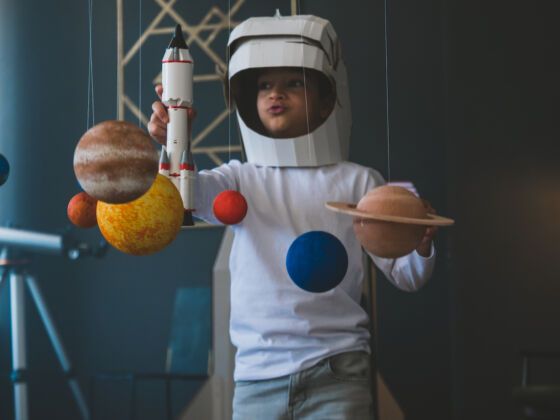When you can grant your child an item or an experience that will not just entertain them, but also educate them, and, even better, get them inspired to learn more, you have given them a gift bigger than the actual present itself. And it’s worth more than the money paid for it. Here, then, are kids gifts meant to inspire in your child a love of science and the natural world.
Family membership to a science museum

Photo: Monkey Business Images/Shutterstock
Many cities have a science museum, some have even more. (San Francisco has both the Exploratorium and The California Academy of Arts and Sciences, while Chicago has the Museum of Science and Industry, The Field Museum, and the Adler Planetarium). When you buy a membership to one, you’re not just supporting an important institution, you’re making it easy to visit the museum frequently and in small, digestible chunks. Choose the one that is the most convenient for you, and take advantage of weekend or evening family events as well. Many museums have partnerships with others in the country, so you can include visits to other science museums when you travel.
Science books for kids
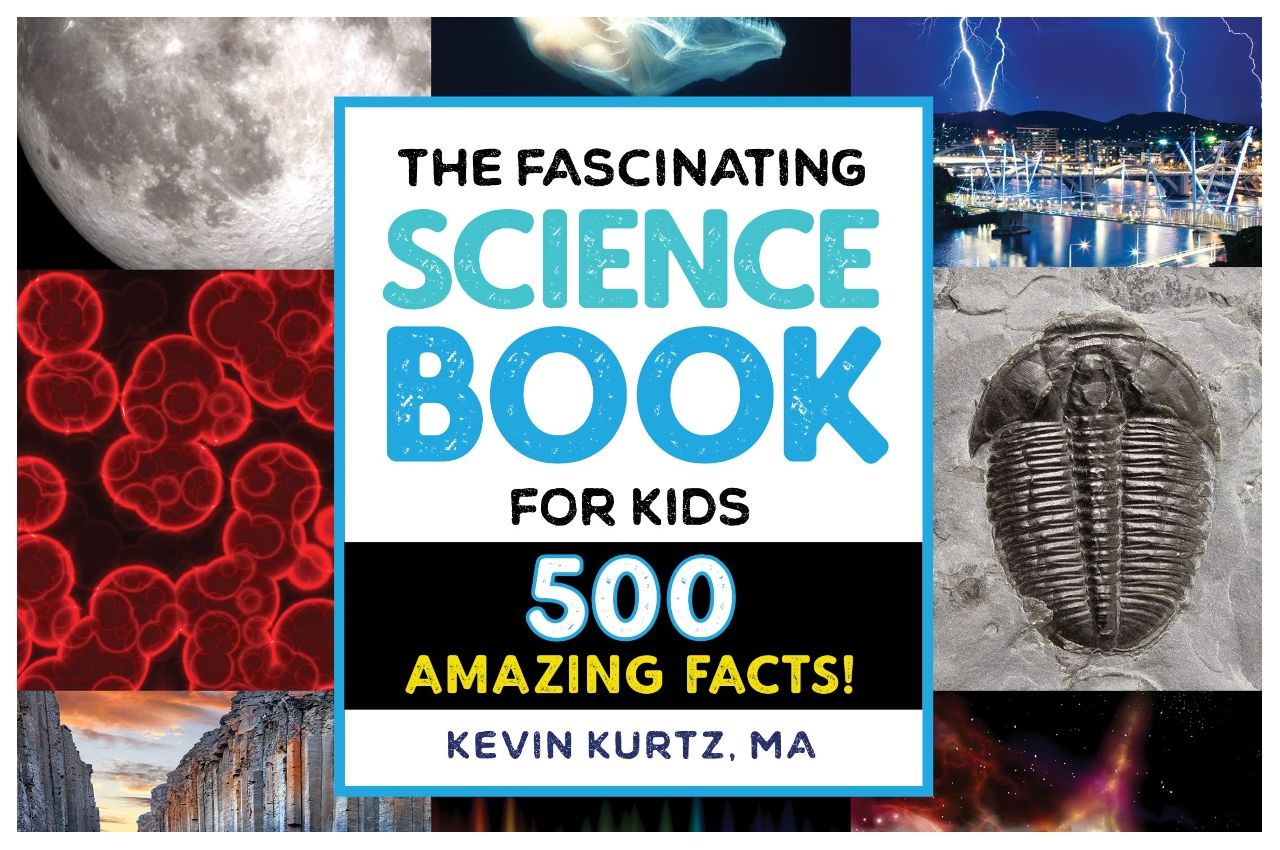
Photo: Guinness World Records
There’s hardly a better way to get kids inspired about science than to have them read about it on their own through age-appropriate books on the natural world. Can You Hear the Trees Talking? is a wonderful, interactive book for pre-teens, by Peter Wohleben, author of the bestseller, The Hidden Life of Trees. The Fascinating Science Book for Kids: 500 Amazing Facts is like a Guinness book of unexpected facts that will make clear why studying the world is so darn cool. As the nights get longer, kids will also appreciate a primer on the night sky, as in Constellations for Kids. Also, look for books that teach kids why science matters. Mark Twain — Forensic Investigations teaches kids how to use science to solve crimes.
If your child is more of a doer than a reader, get a book that offers up cool science experiments they can do themselves, like Awesome Physics Experiments for Kids that detail experiments they can do at home and why they work, or The Everything Kids’ Science Experiment Book written by a science teacher.
Science fiction books and films
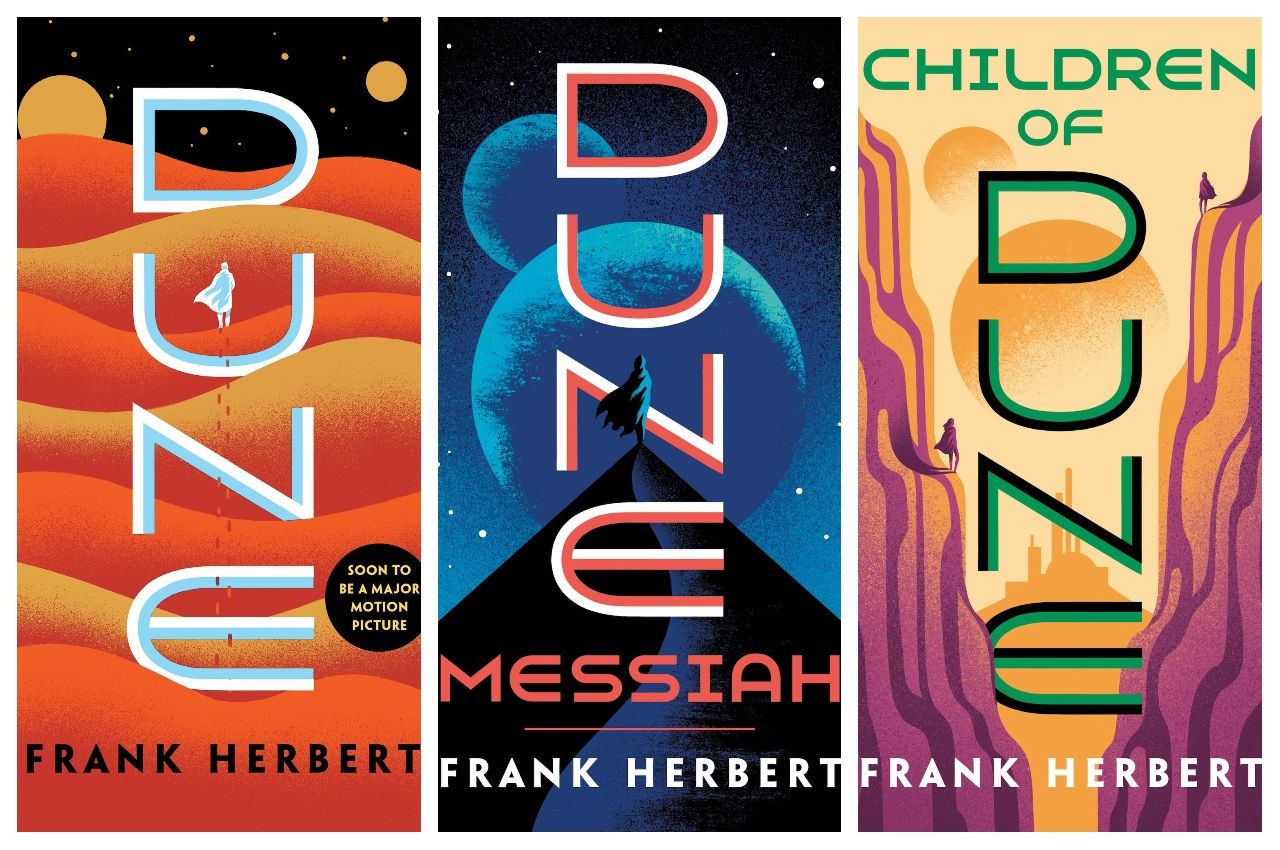
Photo: Dune Novels
Yes, you read that right: science fiction. Science fiction depicts aspects of the future that scientists often work to turn into reality — from phones you can hold in your hand to interplanetary travel. Our eldest daughter, who’ll soon graduate from college with degrees in astronomy and physics, says the Sci-Fi books and movies we shared helped spark her own fascination with space. Whether the classic A Wrinkle in Time, the campy original Star Trek series or the more teen-appropriate Avatar, books and movies show us where science can go. And before your tween or teen goes out to see Dune in theaters (which they should), have them first read the award-winning novel.
Science sets
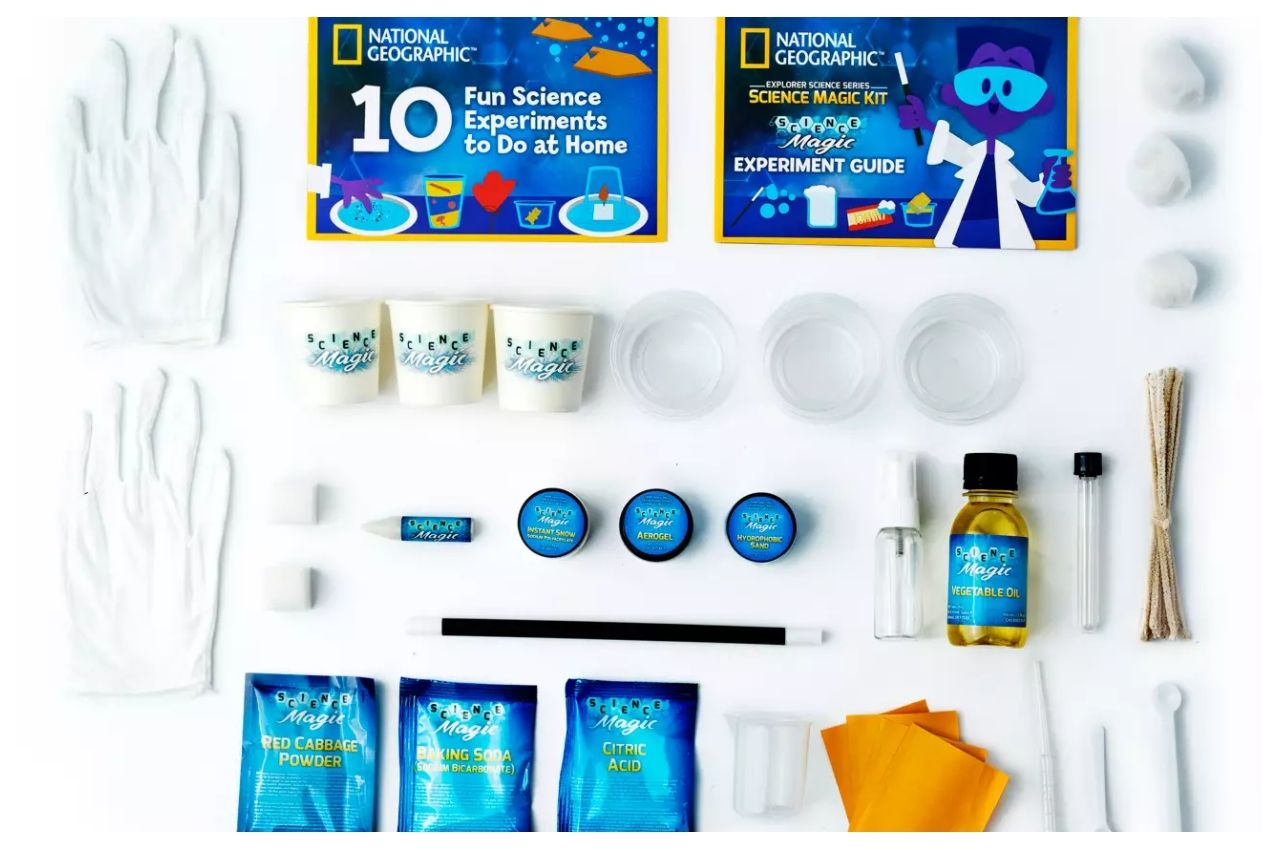
Photo: Shop Disney
Before you rush out to buy a science kit, first consider what situations your kids will be in while using them. Most of the better science kits will demand some of your time — since they involve liquids and colors that can make a mess (at best). National Geographic makes a bunch of great kits that know how to get kids excited about science. Their Science Magic Kit lets kids use science to make “magic tricks” like making snow disappear, while the Super Gross Chemistry Set lets them do icky experiments and learn why they work. With their Earth Science Kit, kids can grow an actual crystal or make a “volcano” erupt.
Microscopes, binoculars, and telescopes
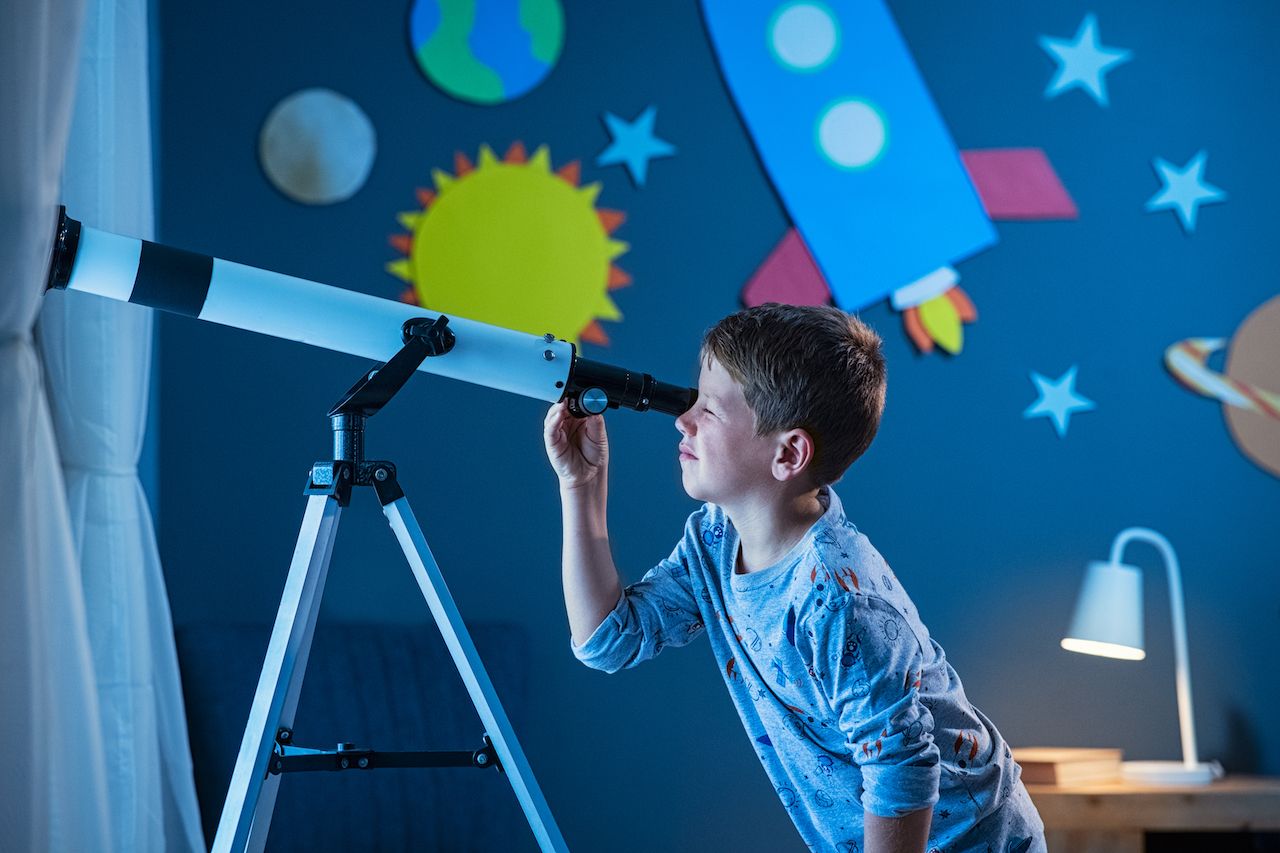
Photo: Rido/Shutterstock
Each of these items nurtures a very different kind of science. While telescopes are best for kids interested in astronomy, and binoculars might suit your budding ornithologist or marine biologist, depending what she is looking at, microscopes might conjure up a love of biology, as they can be used to look at small organisms, but budding chemists and even geologists will find a hidden world made visible through the use of a microscope. You’ll find starter kids’ microscopes for as little as $39.99 and going up to ones for juniors at $89. Binoculars for kids will let them take in the natural world in a new way, while telescopes will be a good complement to the Constellations for Kids book noted above.
Snap Circuits and magnets
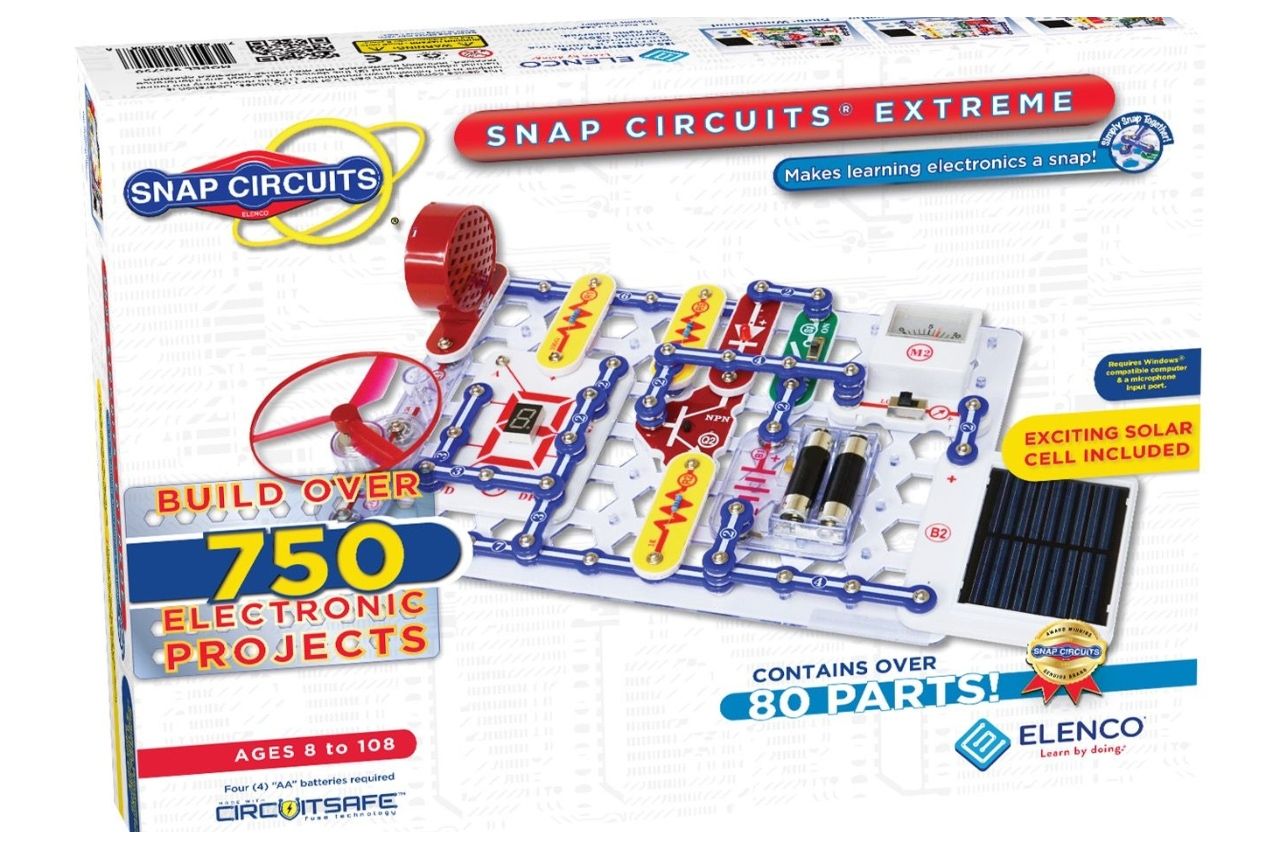
Photo: Elenco
Snap Circuits are like Legos with electricity, allowing kids to make all kinds of things and have them actually work, because of the small electric current that runs through it. It’s a great way to inspire budding physicists and engineers. Start with the basic set and, from there, you can take it all the way to the larger set offering dozens of complex combinations of components. You can get your little ones building with Magna-Tiles and from there spark and interest in the cool things that magnets can do.
Rockets
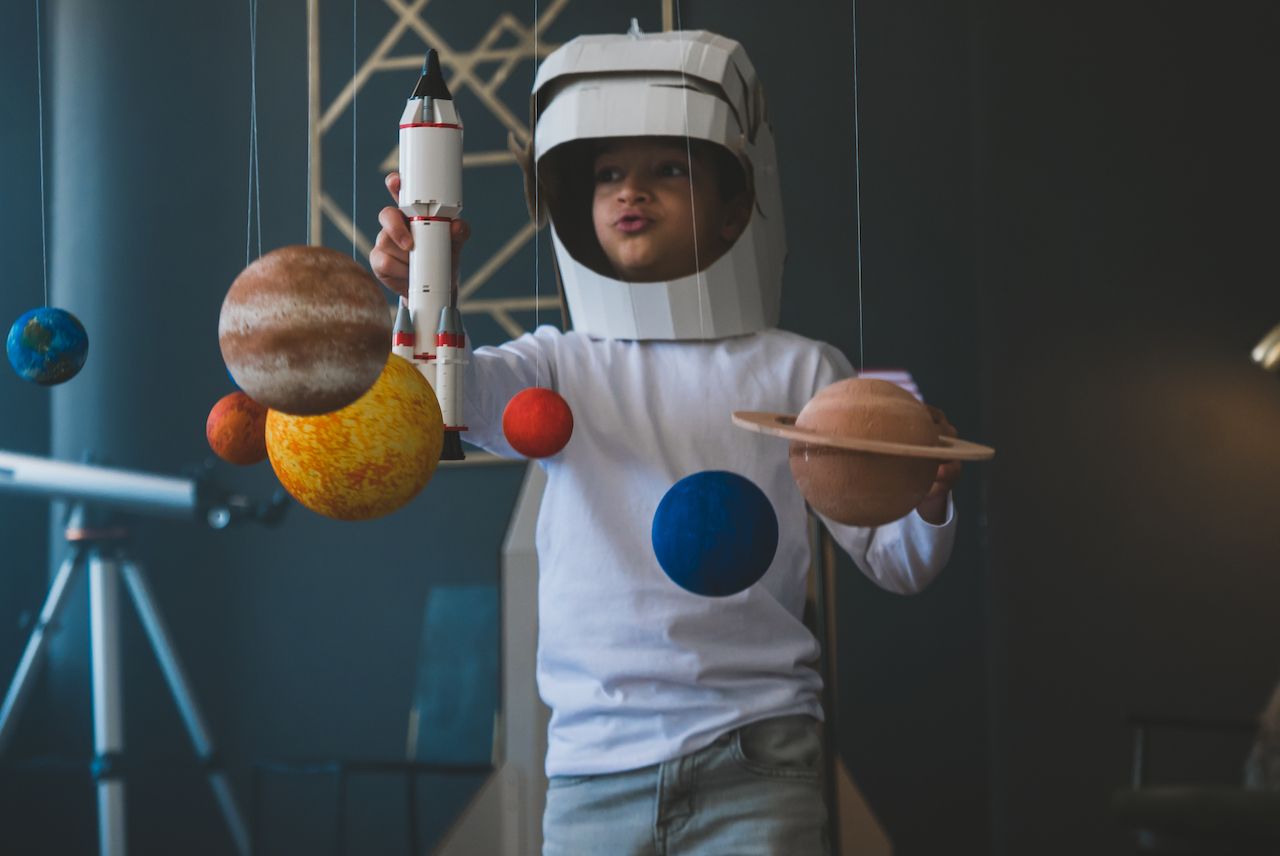
Photo: Supamotion/Shutterstock
There’s nothing like sending a rocket soaring into the sky, or even just a few yards off the ground. As long as you have space outside and are able to supervise, your kids will have a ton of fun launching these slender rockets into the air.
